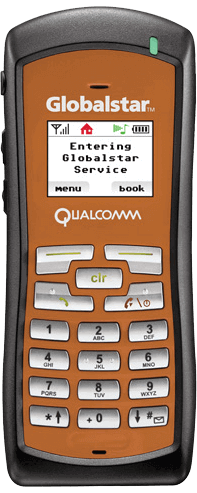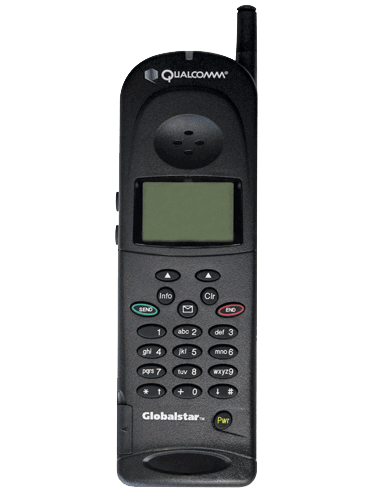Satellite IoT for Oil, Energy and Utilities: Powering Safer, Smarter Operations
The oil, energy, and utilities industries operate some of the most remote and high-stakes infrastructure in the world. From offshore rigs to pipelines and power grids, these sectors face constant pressure to improve safety, comply with regulations, and deliver reliable service. At the same time, aging assets, labor shortages, and rising cyber and physical security risks add complexity.
One of the biggest hurdles is visibility. Operations stretch across rugged terrain, open ocean, and rural areas where cellular coverage is spotty at best. Without dependable connectivity, companies risk costly downtime, safety incidents, and compliance failures.
IoT as the Solution
IoT technology is steadily moving into a requirement in energy and utilities, providing the data needed to predict equipment failures, detect leaks, monitor power distribution, and safeguard workers. With condition monitoring sensors, asset trackers, and connected safety devices, organizations can shift from reactive maintenance to predictive and proactive operations.This digital layer reduces site visits, improves safety compliance, and ensures infrastructure runs smoothly, and it maximizes uptime by enabling operators to identify and resolve issues before they escalate into costly outages. Reliable connectivity is what makes this possible, ensuring that critical insights reach decision-makers even in locations where terrestrial networks don’t reach.
Satellite IoT extends connectivity into the most remote and unforgiving environments. Whether monitoring a pipeline hundreds of miles long, tracking offshore equipment, or managing grid assets in rural areas, satellite ensures uninterrupted data flow where cellular can’t.
Unlike cellular networks, satellite offers global reach and resilience during natural disasters or power outages. For mission-critical energy operations, this translates to fewer blind spots and greater reliability.
Key Use Cases
Many applications within oil, energy, and utilities can benefit from the global reach and always-on availability of satellite to support efficiency, safety, and optimization.- Pipeline Monitoring: Detect leaks, pressure changes, or tampering across vast networks.
- Offshore Rig Operations: Track equipment status and environmental conditions in real time
- Smart Metering and Utilities: Remote monitoring of electricity and water meters with two-way control to reduce manual checks, allowing user control
- Worker Safety: Connected wearables and SOS devices to ensure visibility of crews in hazardous or remote conditions
- Environmental and Regulatory Compliance: IoT sensors for emissions, water quality, and weather data to meet regulatory standards
What to Look for in Satellite IoT
When evaluating satellite IoT solutions for oil, energy, and utilities, consider:- Global reach across oceans, rural terrain, and international borders
- Low-power, long-life devices designed for rugged environments
- Two-way communication for real-time control and alerts
- Affordable deployment at scale without cellular roaming
- Proven reliability in mission-critical operations
Supporting Oil, Energy, and Utilities Applications with Satellite
For oil, energy, and utilities, connectivity isn’t just about efficiency — it’s about safety, compliance, and uptime. With satellite IoT, organizations gain the confidence to operate anywhere, without compromise.Contact our team to learn how Globalstar supports oil, energy, and utility operations with secure, reliable IoT connectivity.
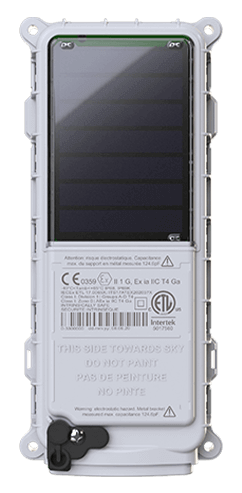 SmartOne Solar
SmartOne Solar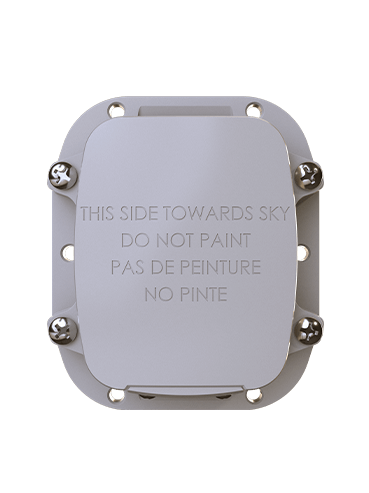 SmartOne C
SmartOne C STX3
STX3 STX3 Dev Kit
STX3 Dev Kit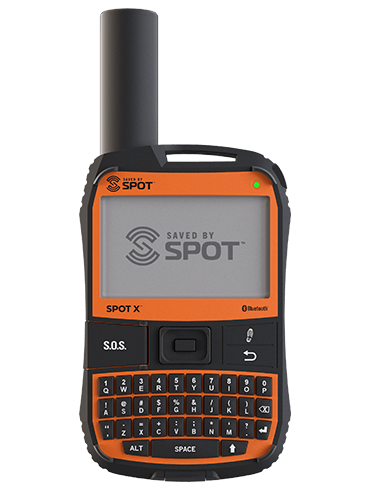 SPOT X
SPOT X SPOT Gen4
SPOT Gen4 SPOT Trace
SPOT Trace